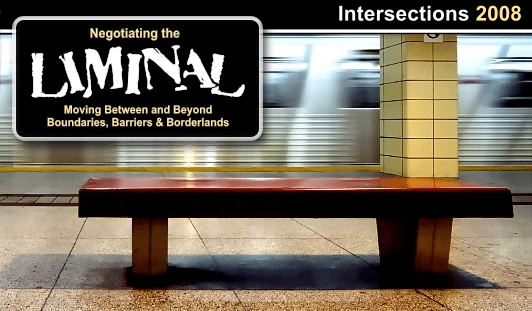Morphing Bodies and Mechanicial Eyes: A Reassessment of the Photographic Iconography of the Salpêtrière
DOI:
https://doi.org/10.25071/1718-4657.36738Abstract
Photography’s unique ability to render visible what is ordinarily invisible lends it to scientific observation and artistic expression alike. Jean-Martin Charcot and his colleagues exploit this capacity of the photograph in their documentation of hysteria—work that is located at a blurry intersection between art and science. The photographs taken at the Salpêtrière women’s asylum in Paris, France, for their original publication in La Nouvelle Iconographie de la Salpêtrière (1881), came to my attention through Georges Didi-Huberman’s book, the Invention of Hysteria (2003). They depict, through a clinical eye, patients that are mid-gesture, in the throes of hysterical fits. The hysteria documents exemplify an instance where the power of the performed gesture is focalized by doctors in the production of identities, and where the power of the photographic apparatus is deployed in the production of gestures. I intend to show how the body and its gestures might have been understood in the field of neuropsychiatry at the time these photographs were exposed, and then I will look at the means by which machines produce gestures with some degree of autonomy. Given a new understanding of the independent functions of imaging technologies, it will be possible to argue that there are some manners in which the technologies of representation actually participate in the production of bodies.Published
2008-03-16
How to Cite
Pelstring, E. (2008). Morphing Bodies and Mechanicial Eyes: A Reassessment of the Photographic Iconography of the Salpêtrière. ETopia. https://doi.org/10.25071/1718-4657.36738

